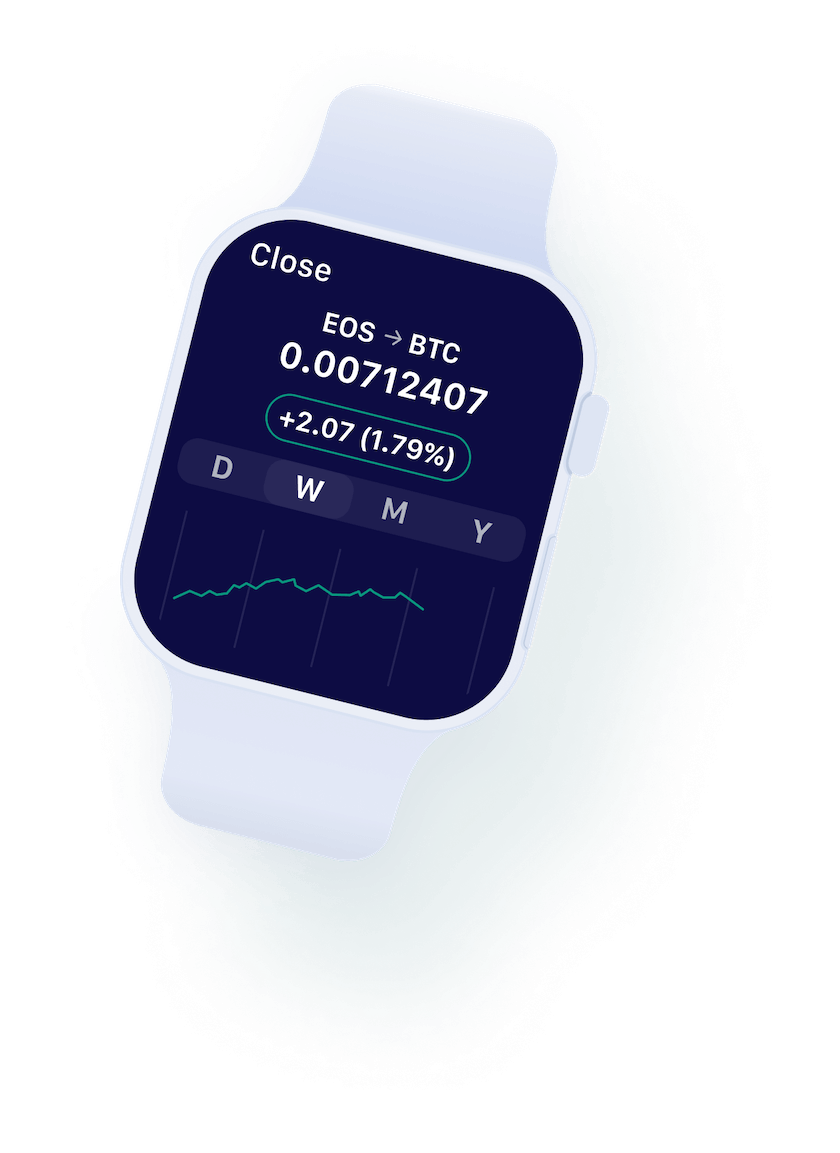Ethereum’s much-anticipated Pectra hard fork is scheduled for March 2025, and it promises to bring substantial improvements to the network. Vitalik Buterin, Ethereum’s co-founder, has confirmed that the upgrade will double Layer-2 network capacity by increasing the blob target from 3 to 6.
The blobs, introduced in the Dencun hard fork in 2023, are large data chunks designed to improve Layer-2 solutions, allowing for more transactions at reduced costs. The Pectra upgrade will enhance Ethereum’s ability to manage increased traffic, significantly improving speed and lowering transaction costs for users.
Initially, Pectra was set to be a major upgrade with 20 improvement proposals. However, developers decided to split it into two phases to ensure a smoother rollout. Besides expanding blob capacity, Pectra will also raise validator staking limits and introduce improved wallets, enhancing the overall user experience.
Lower Fees Incoming?
A key point of discussion is Ethereum’s gas limit and its effect on transaction fees and network performance. While some believe increasing the gas limit will reduce costs, others are concerned it could compromise stability.
Ethereum’s gas limit has recently been adjusted for the first time since the network transitioned to Proof-of-Stake in 2022. Commentators like Evan Van Ness have pointed out that coordination under Proof-of-Stake takes longer than with the previous Proof-of-Work model, but the network is moving towards greater decentralization..
Buterin has also suggested that blob capacity should be adjusted through a staker-voted system, allowing Ethereum to evolve without waiting for future hard forks. This proposal has sparked conversations about governance and the desire for more flexible updates.
Looking Ahead: Ethereum’s price has already seen a 10% increase, reflecting growing excitement surrounding the Pectra upgrade.

